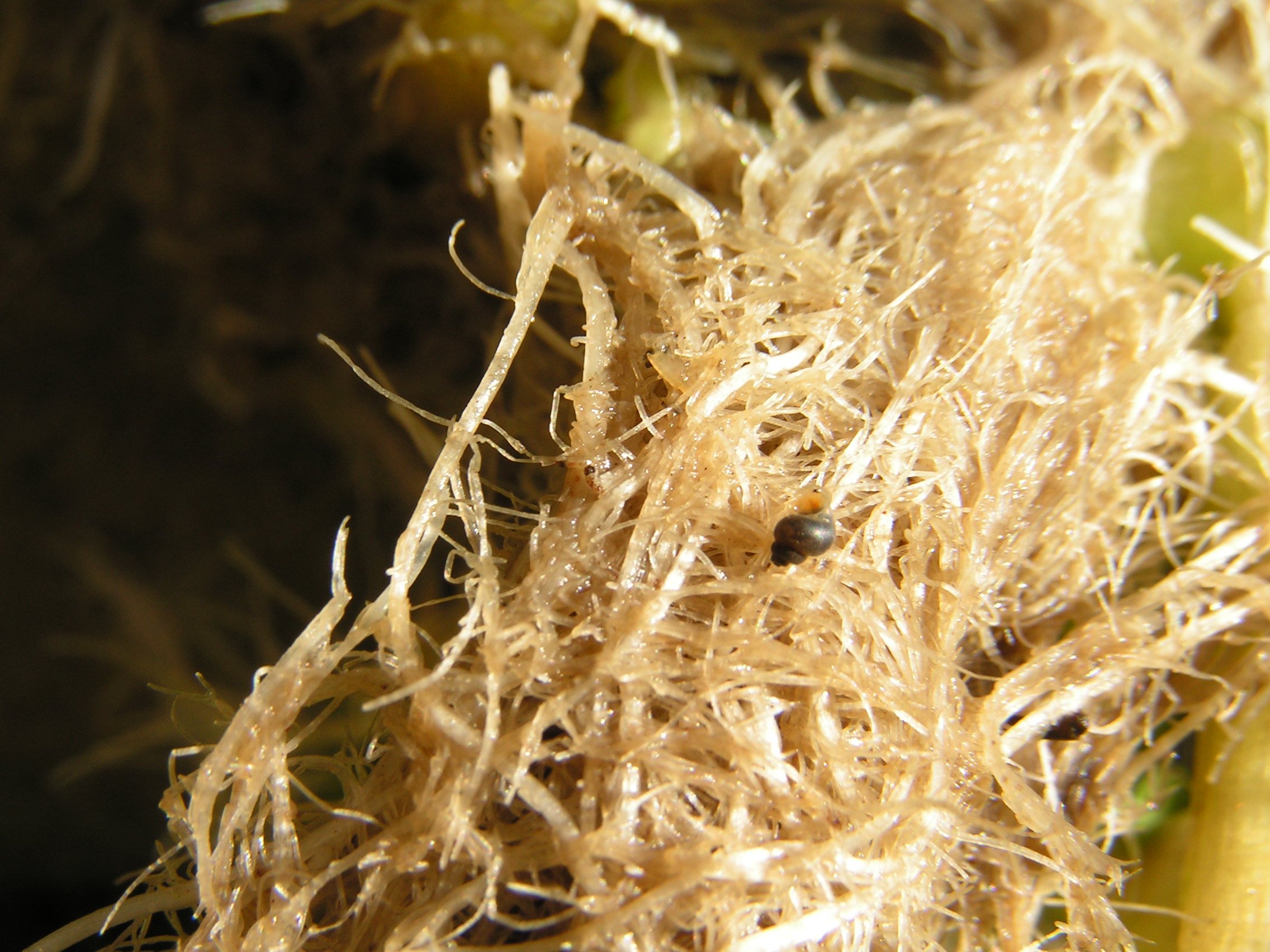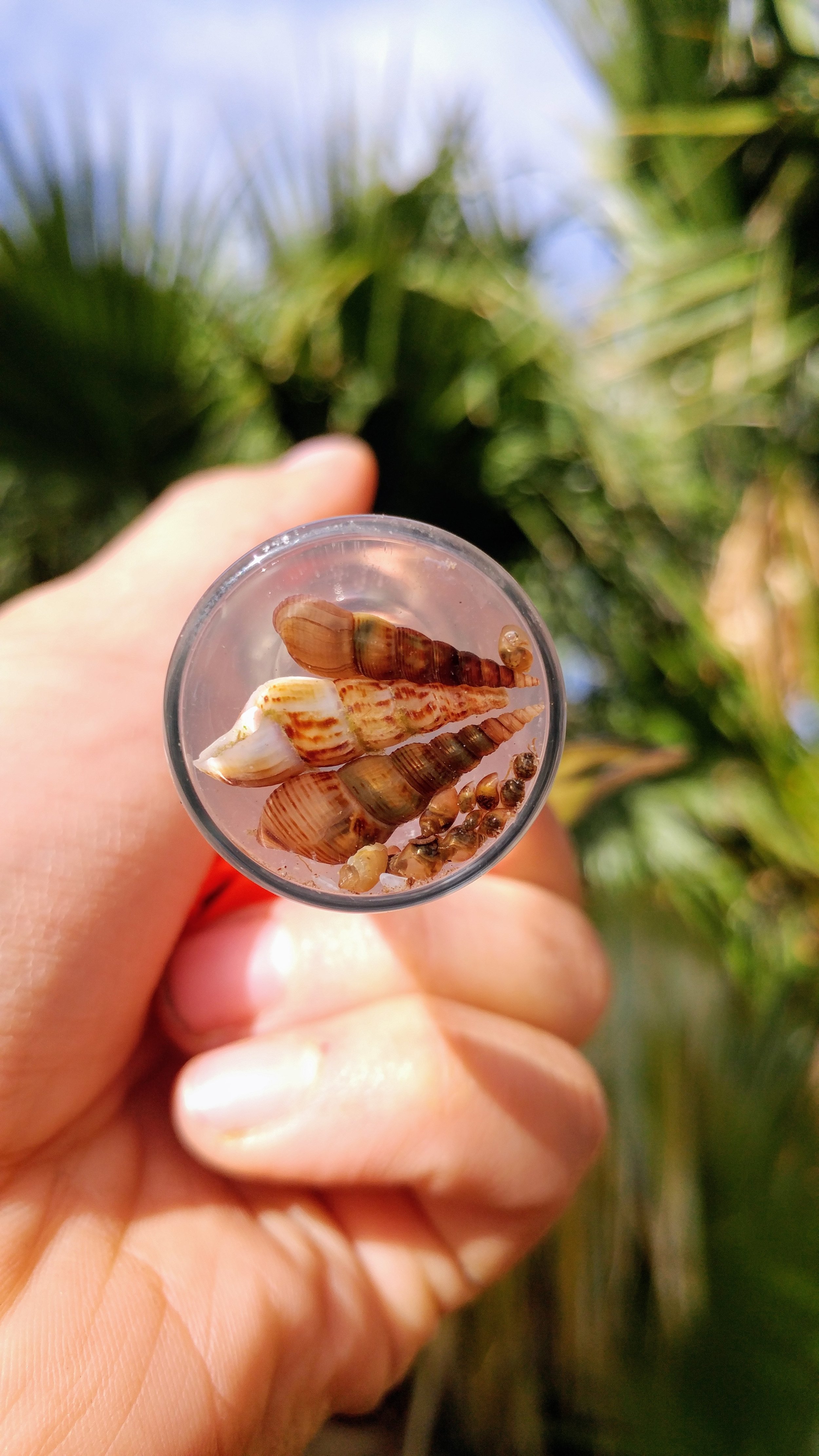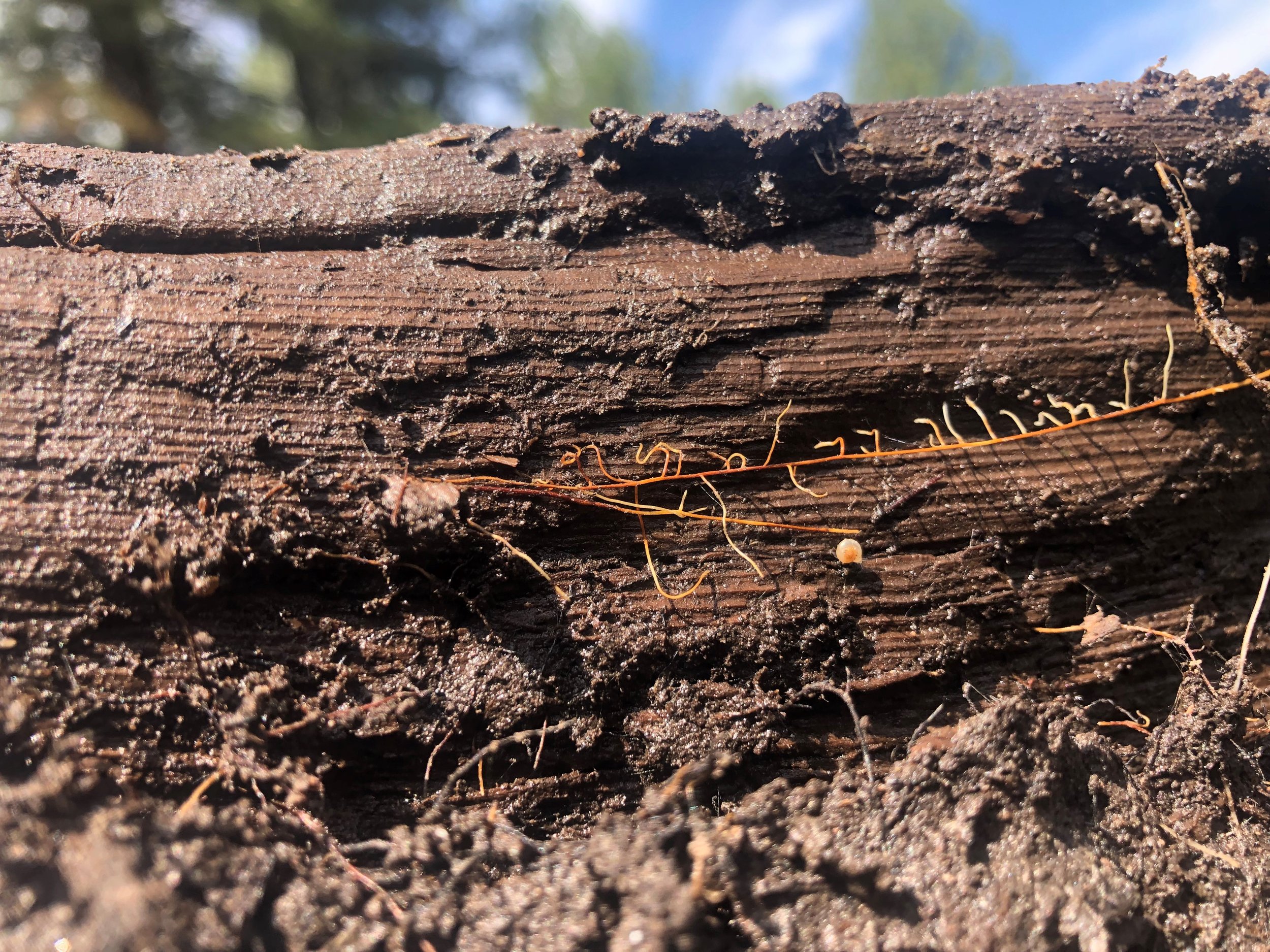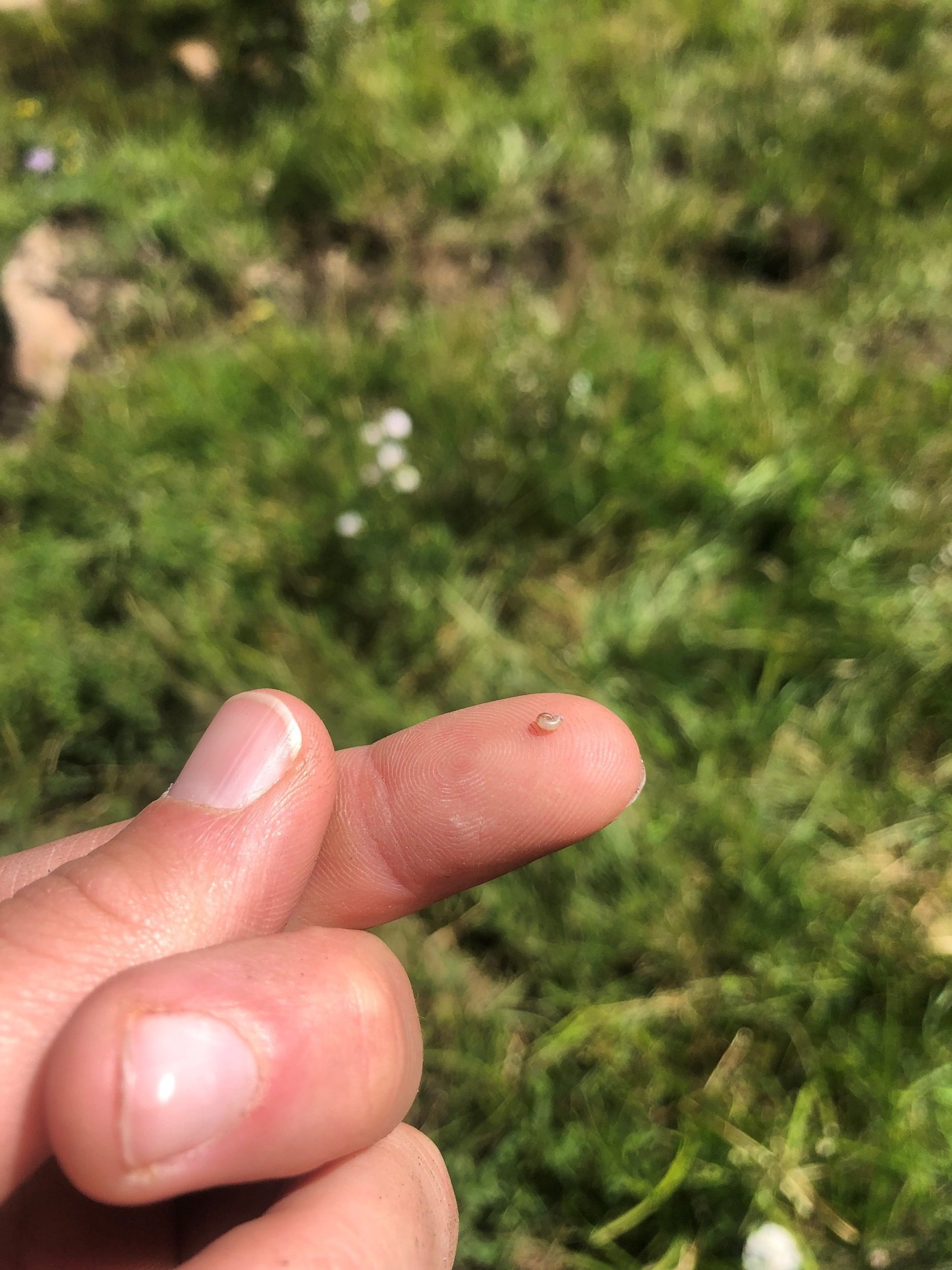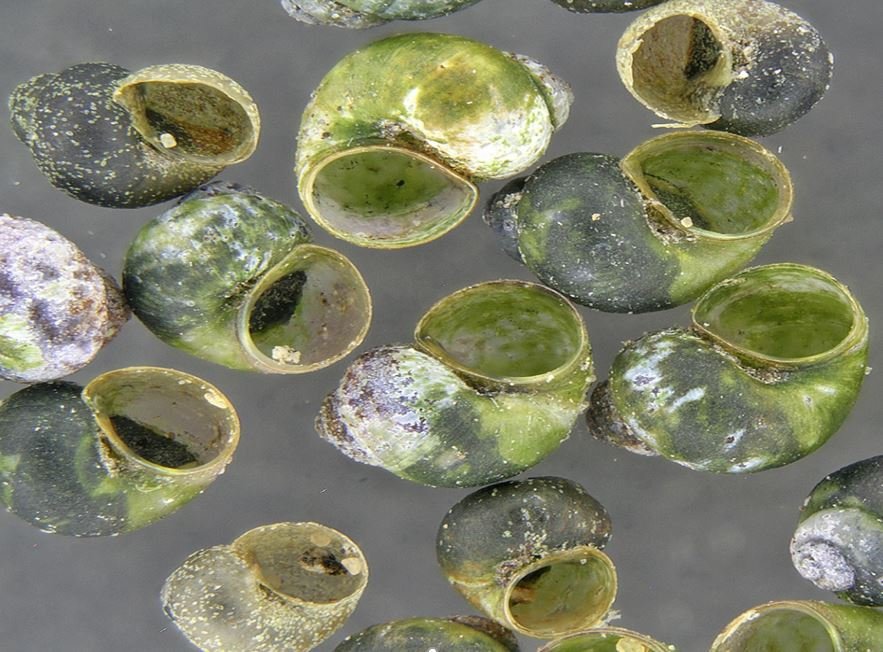CONSERVATION STRATEGY FOR SPRINGSNAILS IN NEVADA AND UTAH
Springsnails are often highly endemic to individual springs ecosystems, a result of the role of springs as a paleorefugia for life that developed when the Southwest was considerably wetter. Unfortunately, this endemism makes individual springsnail species vulnerable to extinction due to the vulnerability of springs to human and natural disturbance and change. SSI assisted the Springsnail Conservation Team (SCT) in developing a comprehensive conservation strategy for springsnails in Utah and Nevada to safeguard the existing springsnail species richness and diversity. The long-term goal is to protect the 93 species of springsnails and prevent any new listings under the Endangered Species Act.
An EXCERPT from the Executive Summary:
This Nevada and Utah Springsnail Conservation Strategy (“Strategy”) is a comprehensive and proactive 10-year plan to protect 103 species of springsnails and their habitats (primarily springs) in relation to the objectives established in the Conservation Agreement (“Agreement”). The Agreement was signed in 2018 by state and federal land and natural resource agencies and The Nature Conservancy (TNC) in the two states. Springsnails constitute a large number of tiny, unique and often site-specific aquatic gastropods in the superfamilies Truncatelloidea and Cerithioidea. Springsnails and their habitats are threatened by both local and regional stressors, and several species are thought to have recently gone extinct. To prevent further loss of this unique component of Nevada and Utah’s natural heritage, the Agreement authorizes the two states to assemble a Springsnail Conservation Team (SCT). The SCT is led by the Nevada Department of Wildlife (NDOW) and the Utah Division of Wildlife Resources (UDWR), and includes representatives of the signatory agencies, as well as The Nature Conservancy (TNC). The Museum of Northern Arizona Springs Stewardship Institute (SSI) in Flagstaff was contracted to assist the SCT in the development of this document in 2019-2020. Successful achievement of Agreement objectives will protect the diverse springsnail assemblage and their habitats in Nevada and Utah, thereby precluding the need for federal listing of those species.
Appendix A Springsnail Species Summary Reports:
Appendix A presents summary reports of 103 Nevada and Utah sprignsnail species that are under consideration for conservation planning in the two states. Springsnails are small aquatic, fresh- or brackish-water gastropods in the order Neotaenioglossa and the superfamilies Truncatelloidea and Cerithioidea. Springsnails are found throughout the non-ice-dominated world (e.g., Miller et al. 2018). They are highly diverse, and often closely adapted to individual springs, and their conservation has become the subject of increasing conservation concern (Ledyeard et al. 2004, Hershler et al. 2014a, Johannes and Clark 2016). More than 180 species of springsnails have been described in North America, and they are particularly diverse in arid Nevada and Utah. These species typically occur in or very near springs sources, and tend to be locally endemic, in many cases occurring at only one or a few water sources. Springsnails often are closely adapted to the water quality and habitat conditions of their individual springs.
Click here to download an excel file of the remaining appendices associated with the 2020 Conservation Strategy for Springsnails in Nevada and Utah.
This video describes Springs Online, a database for all things related to Springs and Spring Ecosystems, and how we are using it to support the Springsnail Conservation Strategy. Jeff Jenness, SSI’s GIS Analyst, produced and published this video.
Springs Online is a collaborative database developed and maintained by Jeri Ledbetter, Larry Stevens, and Ben Brandt. Toward the goal of improving the global health of springs, SSI synthesized protocols to inventory and assess the ecological health and functionality of these fragile, biologically rich, but highly threatened ecosystems.
Springsnails are tiny, sometimes microscopic species that live in, and depend on, springs ecosystems. In arid landscapes, these springsnails are an exemplary representation of the incredible biodiversity that springs provide, and as such they serve as umbrella species that stand in for the general spring biodiversity. Efforts to protect these species, spearheaded by The Springsnail Conservation Strategy, provide shelter not only for these incredible icons of diversity, but for all species, including those not yet known to science, that live in springs.
This short video describes our poster, pointing out the spatial characteristics of springsnail species we are studying and working to conserve. Click on the image to download and enlarge the poster. Click here to see the version of this poster published in Guerrilla Cartography in their new book “Shelter: an Atlas.”


